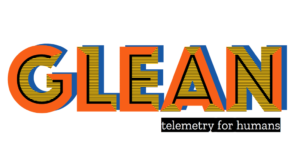(“This Week in Glean” is a series of blog posts that the Glean Team at Mozilla is using to try to communicate better about our work. They could be release notes, documentation, hopes, dreams, or whatever: so long as it is inspired by Glean. You can find an index of all TWiG posts online.)
From the start, the Glean JavaScript SDK (Glean.js) was conceptualized as a JavaScript telemetry library for diverse JavaScript environments. When we built the proof-of-concept, we tested that idea out and created a library that worked in Qt/QML apps, websites, web extensions, Node.js servers and CLIs, and Electron apps.
However, the stakes are completely different when implementing a proof-of-concept library and a library to be used in production environments. Whereas for the proof-of-concept we wanted to try out as many platforms as possible, for the actual Glean.js library we want to minimize unnecessary work and focus on perfecting the features our users will actively benefit from. That meant, up until a few weeks ago, Glean.js supported browser extensions and Qt/QML apps. Today, that means it also supports Node.js environments.
🎉 (Of course, it’s always exciting to implement new features).
If you would also like to start using Glean.js in your Node.js project today, checkout the “Adding Glean to your JavaScript project” guide over in the Glean book, but note that there is one caveat: the Node.js implementation does not contain persistent storage, which means every time the app is restarted the state is reset and Glean runs as if it were the first run ever of the app. In the spirit of not implementing things that are not required, we spoke to the users that requested Node.js support and concluded that for their use case persistent storage was not necessary. If your use case does require that, leave a comment over on Bug 1728807 and we will re-prioritize that work.
:brizental












